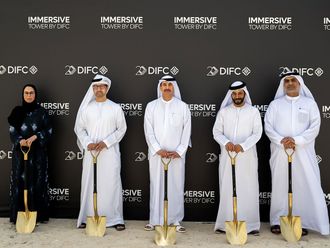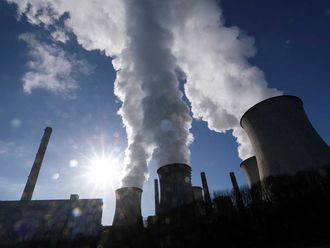Sydney: Mining giant BHP Billiton on Wednesday said iron ore production jumped by 7 per cent in the July-September quarter as it continued ramping up output despite a supply glut in a bid to maintain market share.
The world’s biggest miner reported iron ore output of 61.32 million tonnes compared to the corresponding period last year, with production of the steelmaking component at its Jimblebar hub in the Pilbara region of Western Australia jumping.
BHP’s steady rise in ore production has been matched by other leading global miners, including Rio Tinto, which last week said output soared 12 per cent in the three months to September.
Global miners have sought to cut costs and boost output as demand from the world’s leading commodities consumer China wanes and prices in key materials dive, placing the bottom lines of smaller competitors that have higher costs under increasing pressure.
Critics, including fellow Australian iron ore producer Fortescue Metals, have claimed the large miners’ push to lift production, which has added to the oversupply, is deliberately done to flood the market and drive competitors out of business.
In contrast to iron ore, BHP’s production levels in other key materials — metallurgical coal and energy coal — remained unchanged, while petroleum and copper output slipped by 4 and 3 per cent respectively.
Reduce cost
“BHP Billiton remains on track to meet full-year production and cost guidance after a solid operational performance this quarter,” chief executive Andrew Mackenzie said in a statement.
“In petroleum, we continue to reduce costs in both our onshore US and conventional businesses, and will meet our production targets with $200 million [Dh734 million] less capital investment,” Mackenzie added.
Petroleum output dropped to 64.5 million barrels of oil equivalent (MMboe) in the July-September period, but BHP flagged an unchanged 2016 financial year guidance of 237 MMboe despite a six per cent reduction in capital spending to $2.9 billion.
Natural gas production eased by 7 per cent as the company deferred developments at its onshore US fields, which was partially offset by higher seasonal demand in Australia amid plunging oil prices.
Shares in BHP were 0.96 per cent higher at 24.22 Australian dollars in afternoon trade.
“I think it was a solid quarter, so it’s a good start to fiscal year [20]16 for them, with production tracking to guidance across all products,” CLSA’s head of resources research Andrew Driscoll said.












